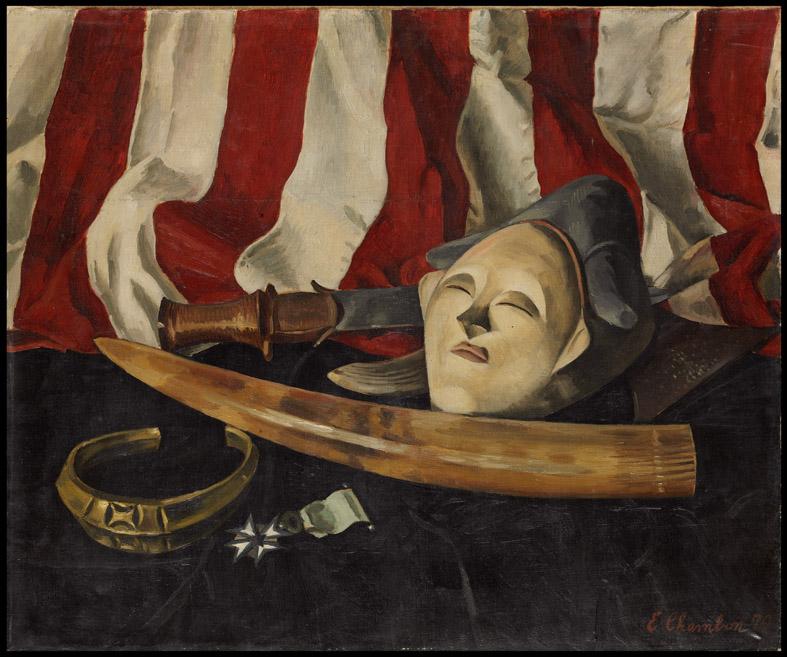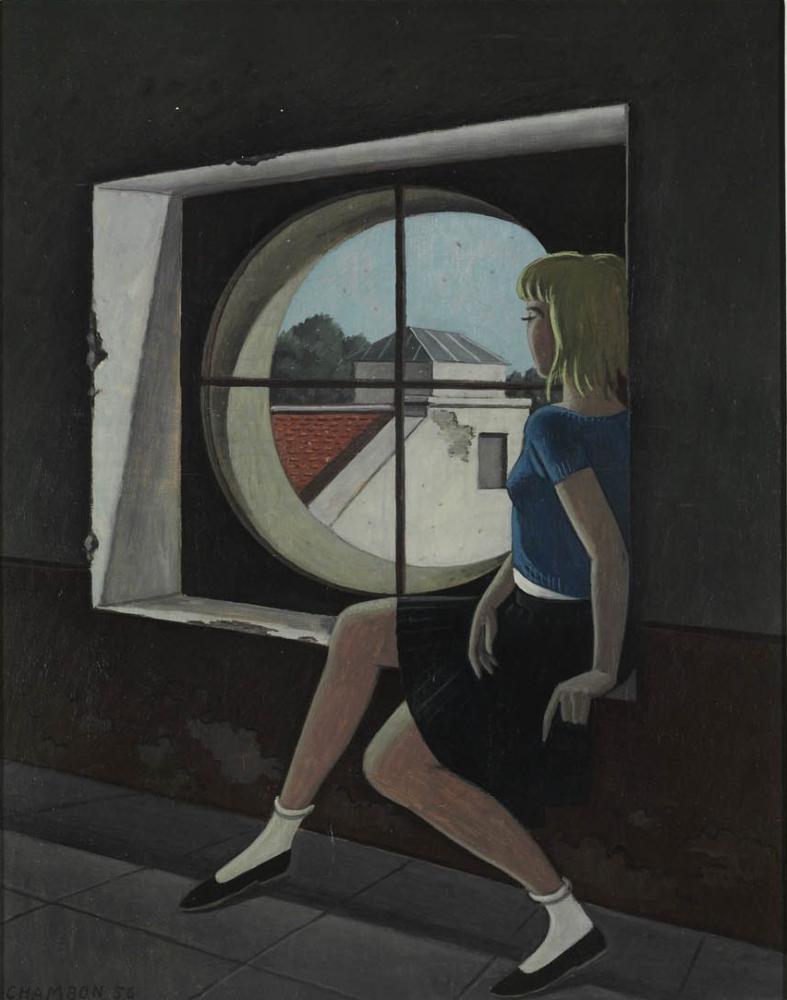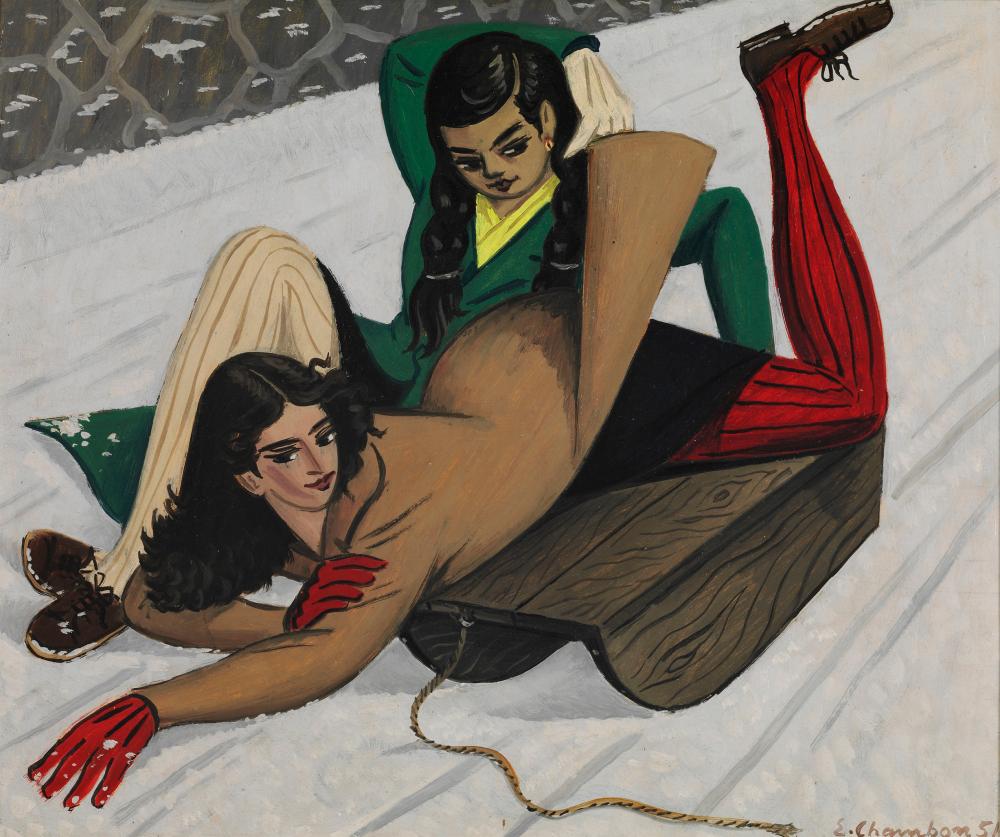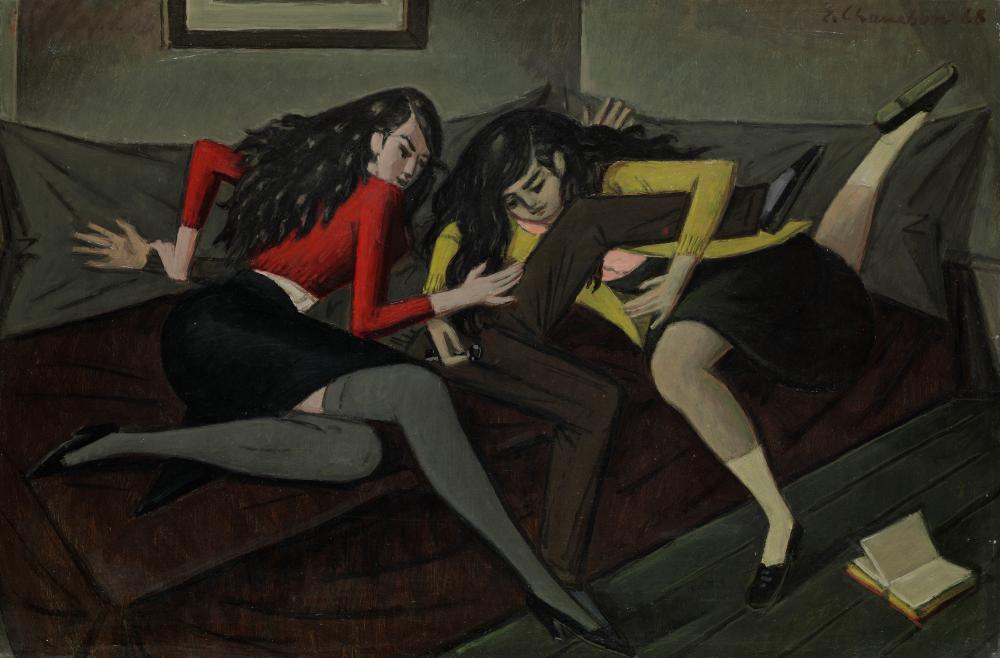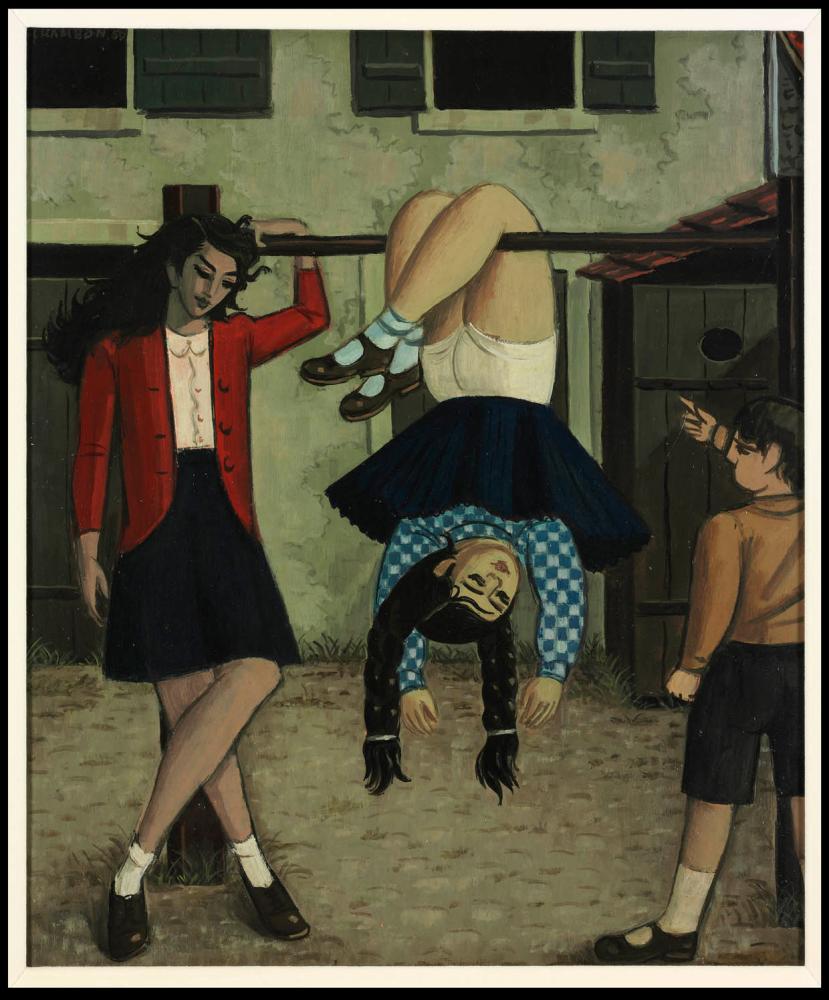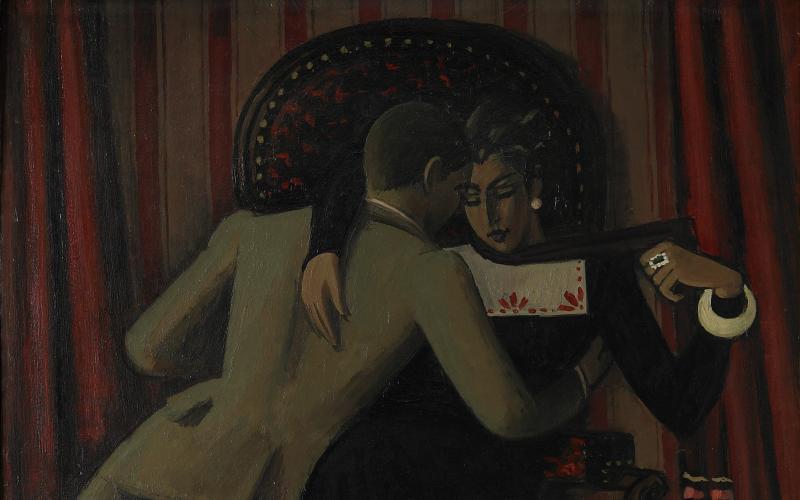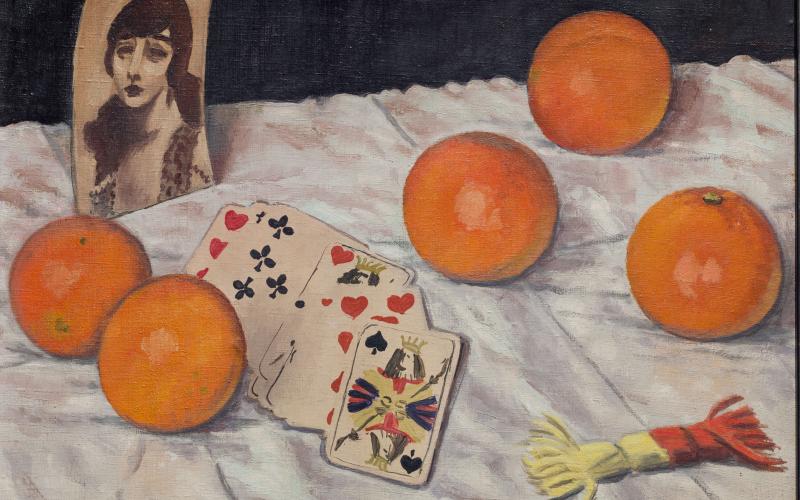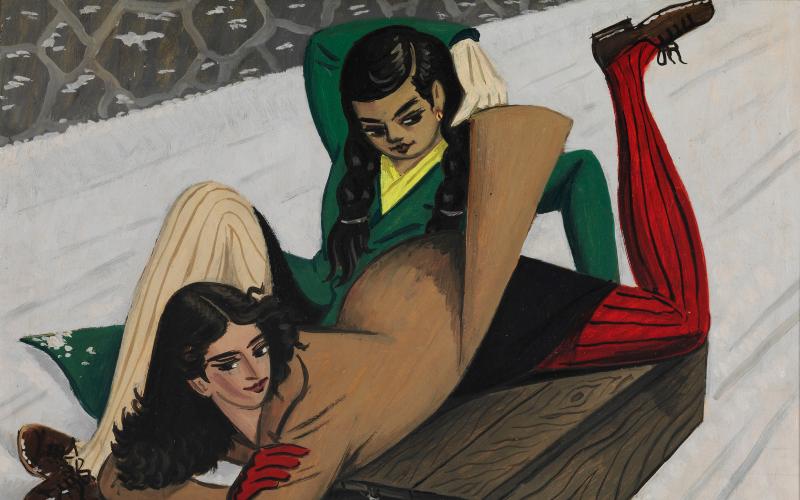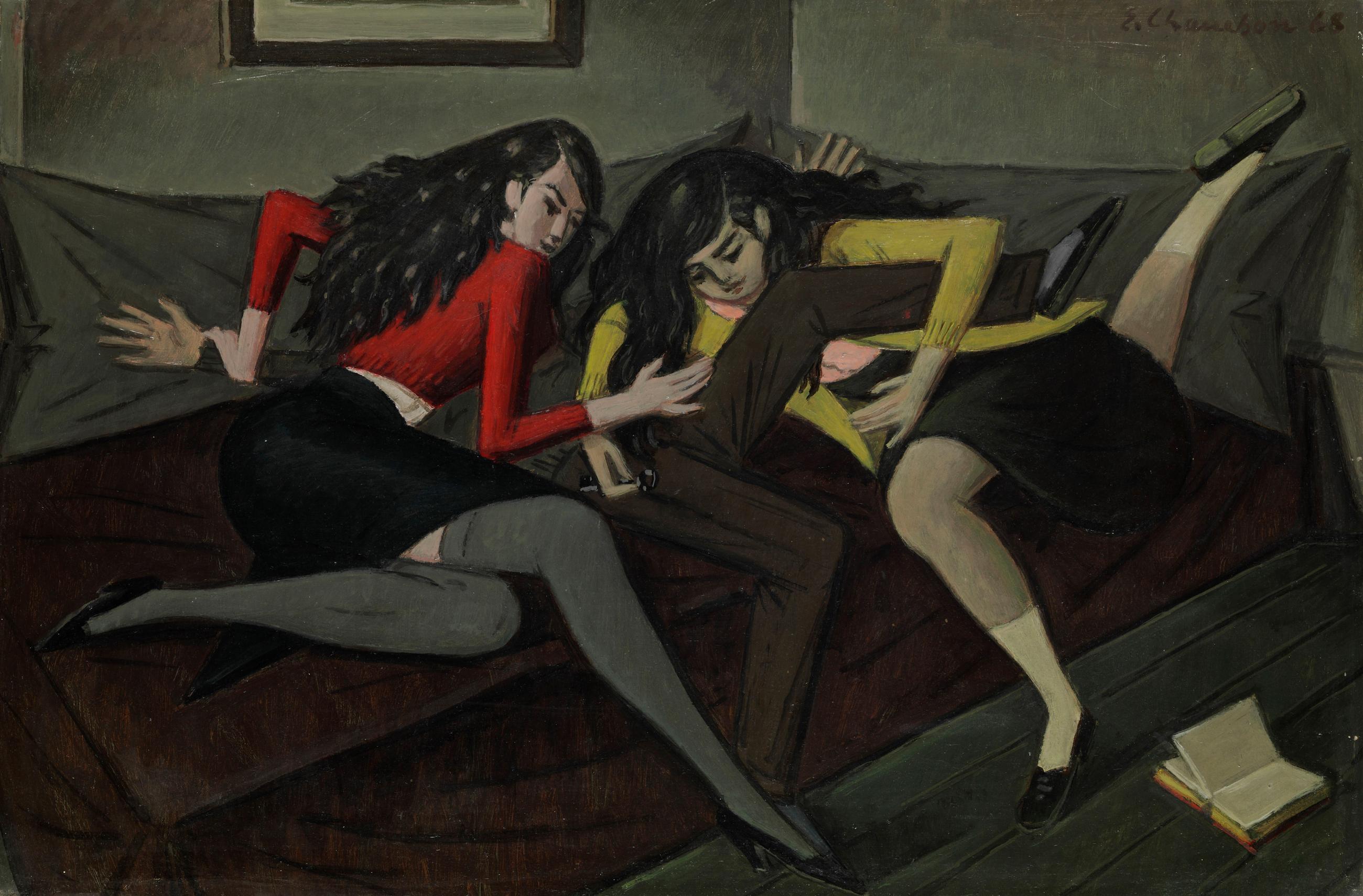
The Foundation
Listed in the history of 20th-century art as a painter of continuity rather than rupture, Emile Chambon remained independent of the major artistic movements of his time. A great admirer of Gustave Courbet, Caravaggio and Félix Vallotton, he never ceased to pay tribute to them and to defend figurative painting. Today, the foundation that bears his name is dedicated to raising awareness of his work and promoting his painting.
Émile Chambon
Born in Geneva in 1905, Émile Chambon is one of the most important Swiss painters of his generation. After attending the Ecole des Beaux-Arts, he spent time in Paris on two federal scholarships, where he rubbed shoulders with leading figures such as the poet Max Jacob. Chambon befriended the writer Louise de Vilmorin, with whom he exhibited at Galerie Motte in 1962. In Switzerland, he exhibited both in Geneva and on the other side of the Sarine, attracting a very diverse public who recognized him as a master of the dreamlike.
Chambon treated all subjects, preferring mythological and genre scenes to which he injected a resolutely modern spirit. An advocate of figurative painting, he does not allow himself to be assimilated into one artistic movement or another, preferring above all to maintain his independence.
A painter as well as a collector, he had a passion for primitive arts, Courbet's paintings and curiosities of all kinds.
He died on October 28, 1993, leaving behind him a substantial body of work, many of which can now be found in Swiss museums.
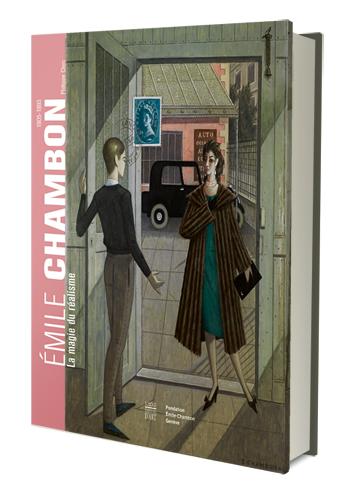
Monography 2011
Émile Chambon (1905-1993), the magic of realism by Philippe Clerc; co-edition Émile Chambon Foundation, Geneva, and Somogy Editions d'Art, Paris
